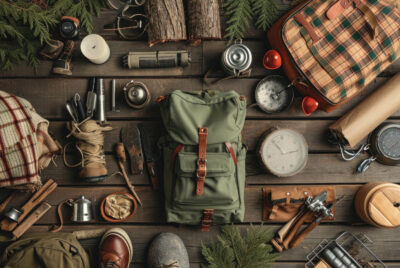Camping Safety Tips
Picture this: you’re sitting around a crackling campfire, stars twinkling overhead, with the gentle rustle of leaves in the breeze. There’s nothing quite like camping to help you disconnect from the daily grind and reconnect with nature. But here’s the thing – while the great outdoors offers incredible experiences, it also demands our respect and careful preparation. Here we’ll share some critical camping safety tips to help make your outdoor experience even better!
Why Camping Safety Matters More Than You Think
Let’s be honest – nobody wants to think about what could go wrong when they’re planning an exciting camping trip. But trust me, a little preparation goes a long way in ensuring your outdoor adventure stays memorable for all the right reasons. Whether you’re a seasoned camper or planning your very first trip, these camping safety tips will help you navigate the wilderness with confidence.
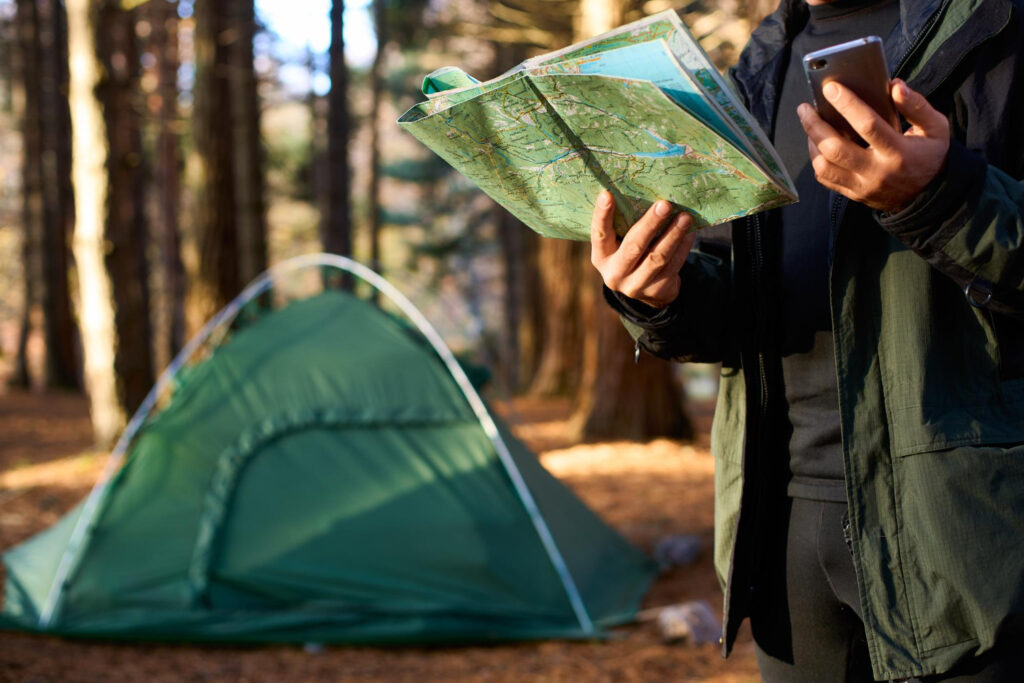
Planning Your Trip: The Foundation of Camping Safety
Research: Your First Line of Defense
Before you even think about packing your gear, spend some quality time researching your destination. Think of it as plotting the course for a successful adventure. Here’s what you need to know:
- Study detailed trail maps and understand the terrain you’ll be dealing with
- Look up recent visitor reviews and park ranger updates
- Check if there are any active wildlife warnings or restricted areas
- Understand the cell phone coverage situation (or lack thereof)
- Identify the nearest emergency services and their contact information
Weather: Your Camping Trip’s Best Friend (or Worst Enemy)
Mother Nature can be unpredictable, and weather conditions can change faster than you can say “pitch a tent.” Make weather checking a ritual before and during your trip:
- Monitor the forecast for at least a week leading up to your departure
- Look for potential severe weather warnings
- Understand seasonal weather patterns in your camping area
- Have a backup plan or alternative dates if the forecast looks threatening
- Pack appropriate gear for various weather scenarios
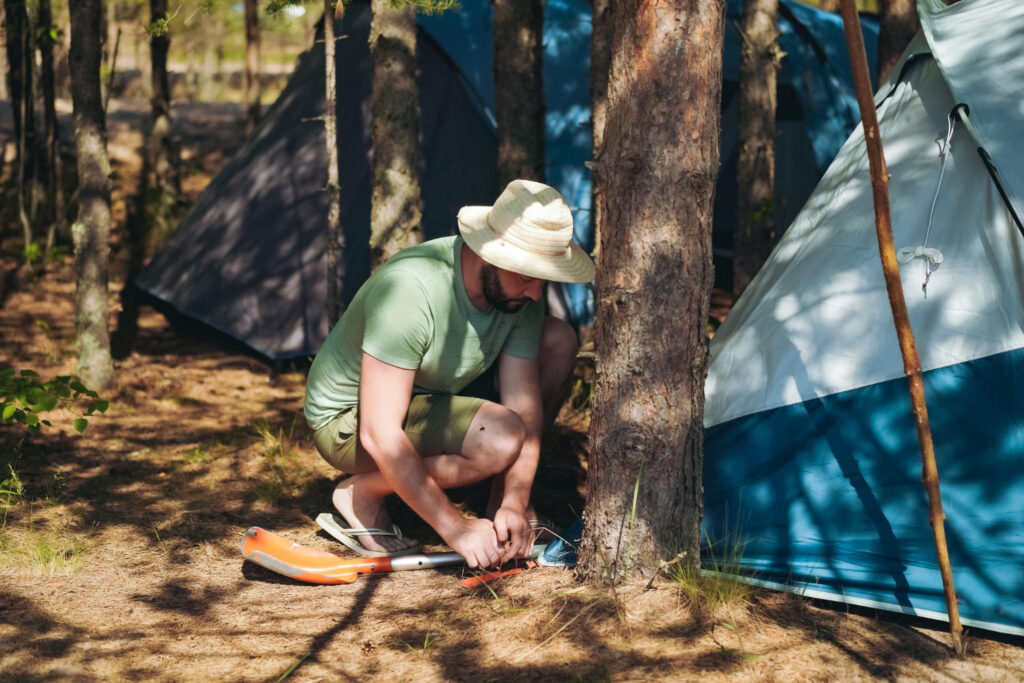
Essential Gear: Your Survival Kit in the Wild
The Non-Negotiable Camping Equipment
Think of your camping gear as your lifeline in the wilderness. Here’s what should absolutely make it into your pack:
- A high-quality tent that’s appropriate for the season and weather conditions
- Sleeping bags rated for temperatures lower than what you expect (better safe than sorry!)
- A reliable multi-tool or knife for various camping tasks
- Multiple light sources (headlamp, flashlight, and backup batteries)
- A dependable portable stove and enough fuel
- Navigation tools (both digital and analog)
- Weather-appropriate clothing and extra layers
First Aid Kit: Your Emergency Response Team
Your first aid kit should be like your camping guardian angel – always there, hopefully never needed. Here’s what belongs in a well-stocked kit:
- An assortment of bandages, gauze, and medical tape
- Antiseptic wipes and antibacterial ointment
- Pain relievers and anti-inflammatory medications
- Allergy medications (including antihistamines)
- Tweezers and small scissors
- Emergency blanket
- Basic first aid manual
- Any personal medications you require
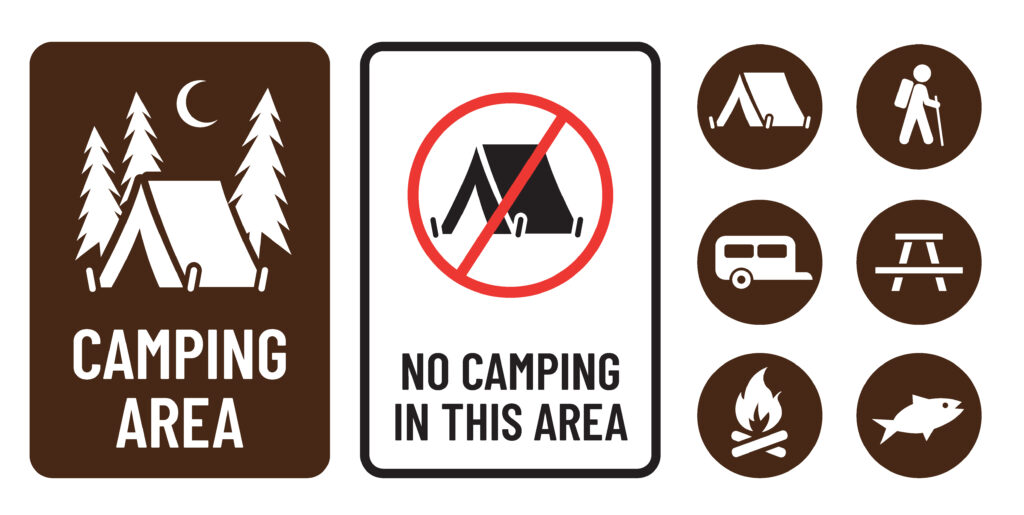
Campsite Safety: Creating Your Home Away From Home
Choosing the Perfect Spot
The location of your campsite can make or break your camping experience. Here’s how to pick a safe spot:
- Look for level ground away from natural hazards
- Stay clear of dead trees or loose branches (these are called “widow makers” for a reason)
- Keep at least 200 feet away from water sources
- Avoid areas that could become drainage paths during rain
- Choose spots with natural wind protection when possible
Setting Up Camp Like a Pro
Once you’ve found the perfect spot, proper setup is crucial for a safe and comfortable experience:
- Clear the ground of rocks and debris before pitching your tent
- Position your tent with the door facing away from prevailing winds
- Create separate areas for sleeping, cooking, and food storage
- Set up a designated handwashing station
- Mark guy lines and tent stakes with bright materials to prevent tripping
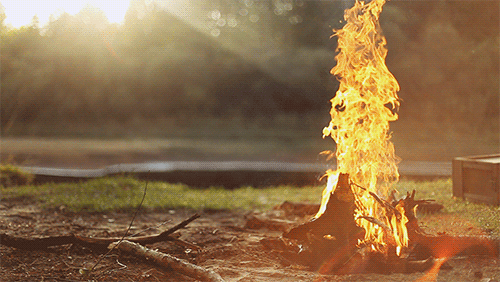
Fire Safety: Mastering the Element
Building and Maintaining a Safe Campfire
A campfire is the heart of any camping experience, but it needs to be treated with respect:
- Use established fire rings whenever available
- Clear a 10-foot diameter around your fire pit
- Keep flammable materials well away from the fire
- Always have fire extinguishing materials readily available
- Never leave a fire unattended, even for a short time
The Art of Fire Extinguishing
Properly extinguishing your campfire is just as important as building it safely:
- Start the extinguishing process well before you plan to leave or go to sleep
- Sprinkle water over the fire gradually, rather than dumping it all at once
- Stir the ashes and embers with a stick
- Continue adding water and stirring until everything is cold to the touch
- Remember the camping mantra: “If it’s too hot to touch, it’s too hot to leave”

Wildlife Safety: Coexisting with Nature’s Residents
Food Storage: The Key to Keeping Wildlife Away
Proper food storage isn’t just about keeping your snacks fresh – it’s about preventing unwanted animal visitors:
- Use bear-resistant containers or food lockers if provided
- Hang food bags at least 10 feet high and 4 feet from the trunk of a tree
- Store all scented items (including toiletries) with your food
- Keep your cooking area at least 100 feet from your sleeping area
- Clean up immediately after meals and properly store leftovers
Wildlife Encounters: Staying Safe and Respectful
Different animals require different responses when encountered:
Bear Safety
- Make noise while hiking to avoid surprise encounters
- Carry bear spray and know how to use it
- If you encounter a bear, speak calmly and back away slowly
- Never run from a bear – this can trigger their chase instinct
Smaller Wildlife
- Keep your distance from all wild animals, even if they seem harmless
- Never feed wildlife, as this can alter their natural behaviors
- Be particularly cautious during dawn and dusk when animals are most active
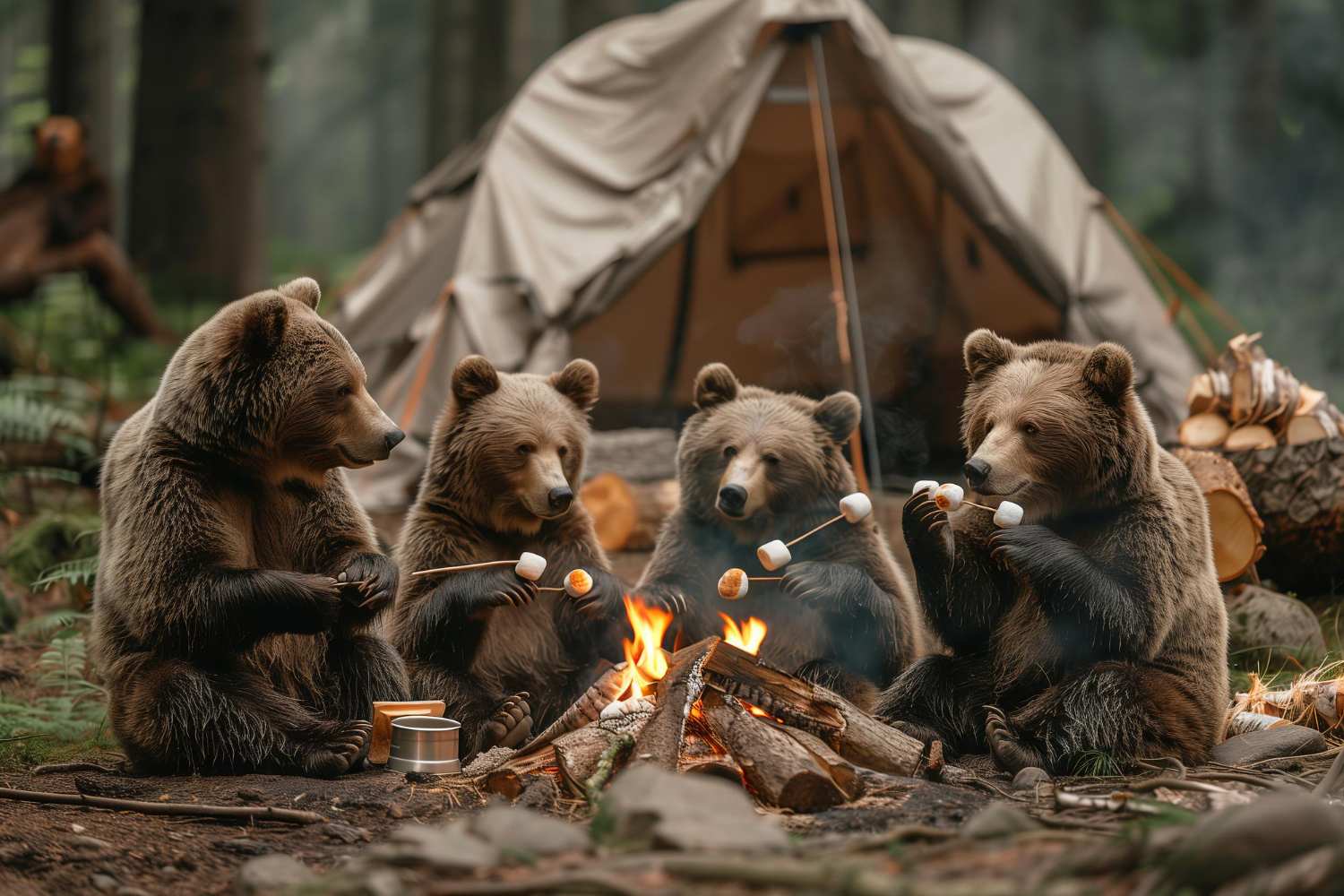
Navigation and Emergency Preparedness
Finding Your Way
Getting lost is easier than you might think. Here’s how to stay on track:
- Always carry multiple navigation tools (map, compass, GPS)
- Mark your campsite location on your map
- Take note of major landmarks and trail markers
- Learn basic navigation skills before your trip
- Download offline maps to your phone as backup
Emergency Response Plan
Hope for the best, but prepare for the worst:
- Leave a detailed trip plan with someone you trust
- Carry emergency communication devices
- Know basic wilderness first aid
- Understand the universal distress signals
- Have a plan for different types of emergencies
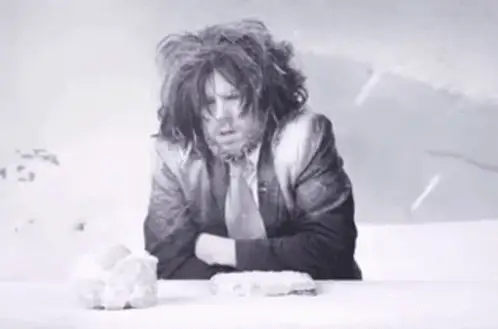
Staying Healthy in the Wild
Water Safety and Hydration
Staying properly hydrated is crucial for any outdoor activity:
- Bring more water than you think you’ll need
- Know how to properly filter and purify water from natural sources
- Recognize the signs of dehydration
- Avoid drinking directly from streams or lakes
- Plan your water usage for drinking, cooking, and cleaning
Managing Temperature Risks
Temperature-related illnesses can be serious threats:
- Layer your clothing for changing conditions
- Know the signs of both hypothermia and heat exhaustion
- Take regular breaks during strenuous activities
- Stay dry – wet clothes can quickly lead to hypothermia
- Seek shade during the hottest parts of the day
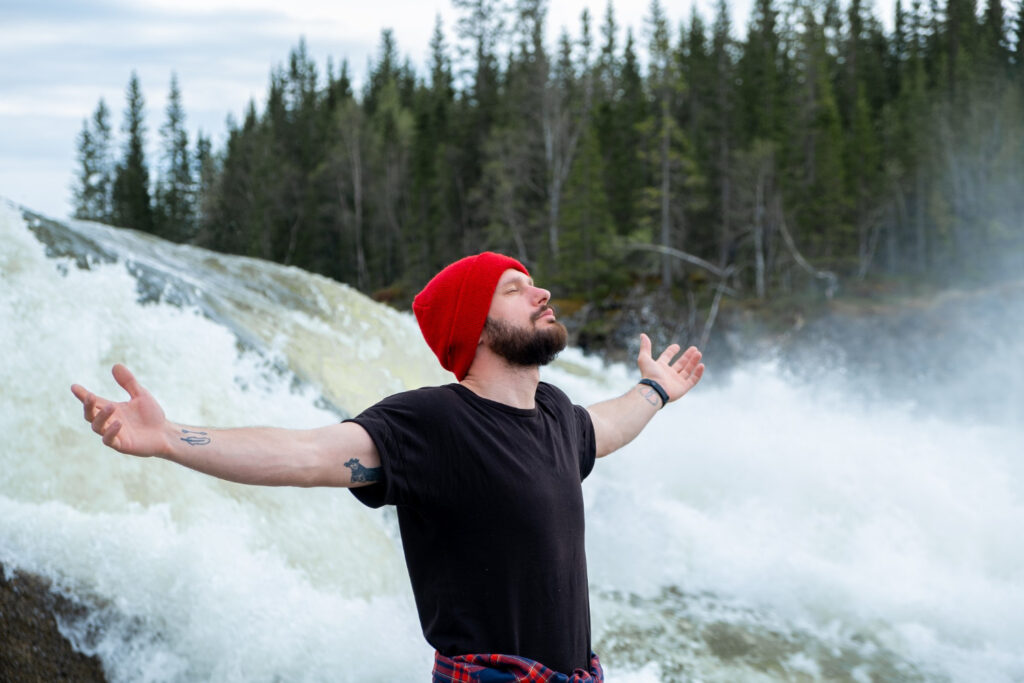
Your Gateway to Safe Camping Adventures
Remember, camping safety isn’t about fear – it’s about freedom. When you’re well-prepared and knowledgeable about camping safety tips, you can fully immerse yourself in the incredible experience of outdoor living. Every camping trip teaches us something new, and with these guidelines, you’re well-equipped to handle whatever nature throws your way.
The wilderness is calling, and now you’re ready to answer – safely and confidently. So pack your gear, double-check your safety measures, and get ready for an unforgettable adventure in the great outdoors. Happy camping!
Quick Safety Checklist Before You Go
- □ Research completed on destination and conditions
- □ Weather forecast checked and appropriate gear packed
- □ First aid kit fully stocked and checked
- □ Emergency contacts and plans shared with someone
- □ Navigation tools and skills verified
- □ Proper food storage equipment ready
- □ Fire safety equipment prepared
- □ Emergency communication devices tested
- □ Campsite selection criteria reviewed
- □ Wildlife safety measures in place
Remember, the best camping trips are the ones where all your safety preparations turn out to be unnecessary – but they’re always worth having, just in case.


